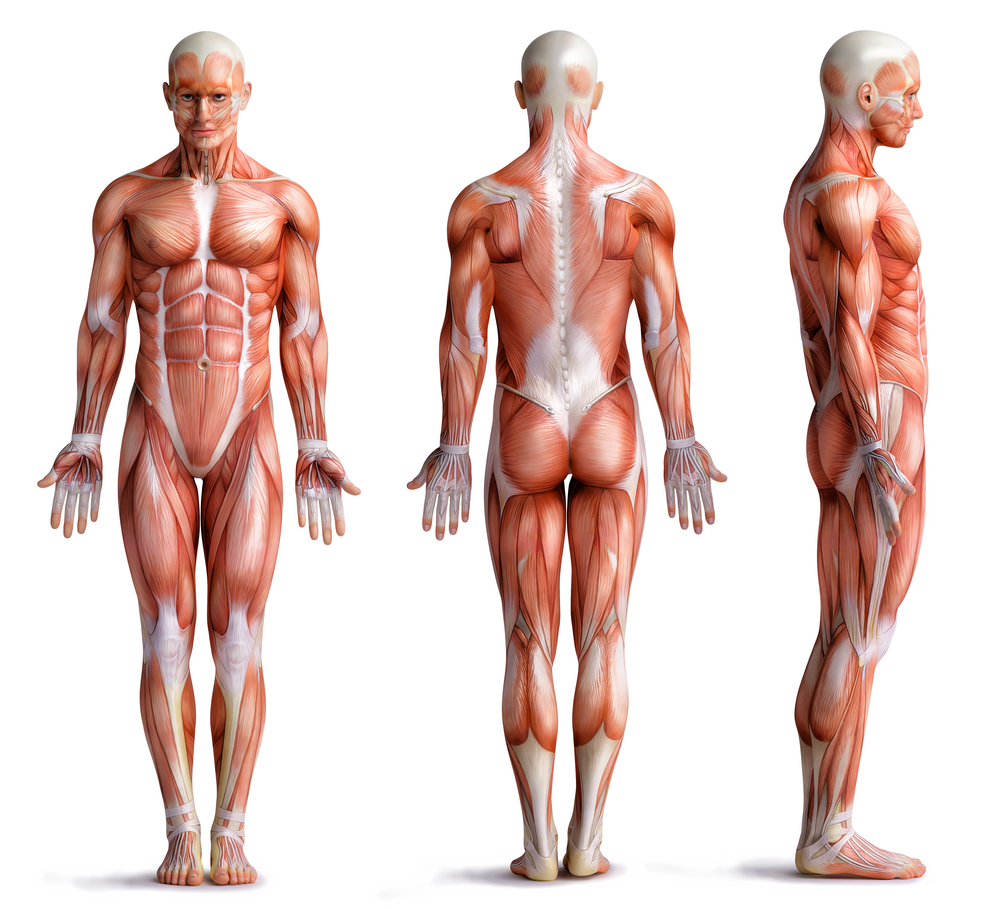Muscle MRI Can Predict Functional Deterioration in Patients with Becker MD, Study Says

Researchers have found that skeletal muscle magnetic resonance imaging (MRI) correlates with motor function and can help predict the degree of functional deterioration in patients with Becker muscular dystrophy (BMD).
A study with that finding, “Muscle MRI and functional outcome measures in Becker muscular dystrophy,” was published in the journal Nature Scientific Reports.
BMD is caused by mutations in the dystrophin gene, which leads to the formation of abnormal dystrophin protein. This defect leads to a loss of contractile skeletal muscle, which then gets replaced by fibrotic fatty tissue, often called “fatty degeneration.” The symptoms shown by patients with BMD depends on the type of mutation that is present, as some are milder and others are more severe.
Over the past few years, imaging techniques for muscles such as MRIs have been used to determine the type of muscle patterns that are present in patients with these mutations. One recent study showed that the fatty degeneration of thigh muscles is a good marker for disease severity in BMD, as it correlated well with timed function tests (TFT) and the 6-Minute Walk Test (6MWT), which are functional tests to determine severity of BMD.
The ability to predict which patients are more likely to deteriorate can help in the selection and characterization of patients for clinical trials, as well as in the evaluation of disease progression and response to treatment.
Therefore, researchers conducted a study to determine whether a muscle MRI can discriminate between patients who will remain stable or deteriorate over the course of one year.
Researchers recruited 51 patients with confirmed BMD and 7 to 69 years old who underwent a muscle MRI and functional tests such as the North Star Ambulatory Assessment (NSAA) and the 6MWT. One year later, patients underwent the same process.
Results from this study show there is a pattern of fatty substitution that involves the hip extensors and most thigh muscles, which agrees with results from prior studies. Interestingly, the degree of muscle fatty substitution appeared to be associated with certain DMD mutations.
Specifically, patients who had either an isolated deletion in exon 48 and deletions on the border of exon 51 had milder muscle fatty substitution.
Furthermore, the degrees of muscle fatty substitution, which were measured using fat infiltration scores, correlated with baseline functional scores and actually were able to predict changes after one year. This correlation is stronger in muscles of the pelvic girdle and thigh muscles.
The authors concluded that “muscle MRI is a biomarker of disease severity, as well as a prognostic biomarker of disease progression in BMD, and appears potentially very useful for selecting and stratifying patients, as well as evaluating the effects of new treatments in upcoming clinical trials.”






